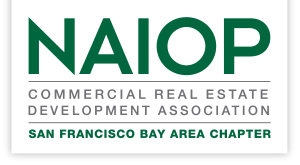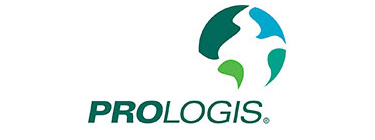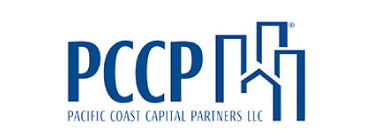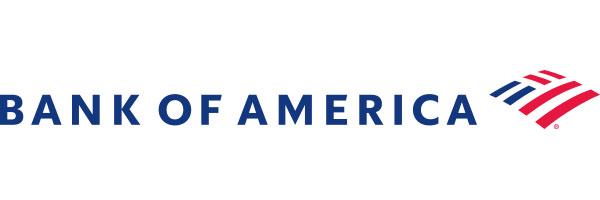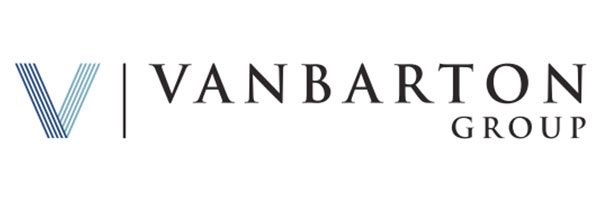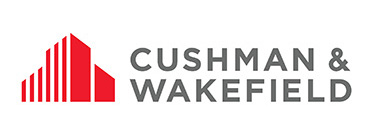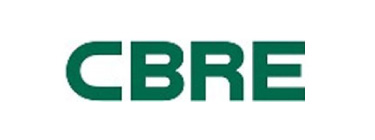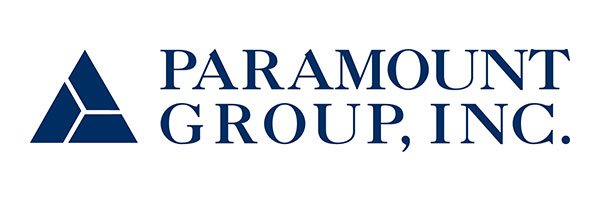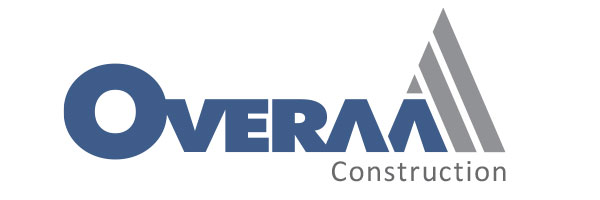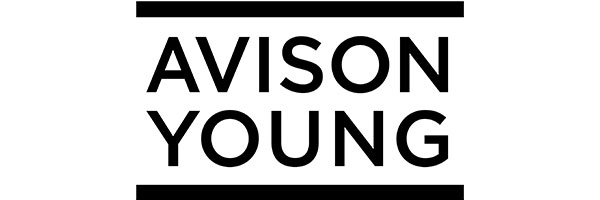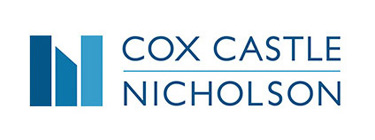Diversity Column: The Black Lives Matter Movement & CRE
The NAIOP San Francisco Bay Area Chapter’s Inclusion, Diversity, Equity, and Accountability Committee, better known as the I.D.E.A. Committee, was founded in 2018 primarily focusing on gender inequality in the Commercial Real Estate sector. However, given recent events, particularly those involving the deaths of Black Americans at the hands of police, the I.D.E.A committee has expanded its mandate to include racial and social inequities in the industry. Our mission is to provide leadership, infrastructure, and a forum to share perspectives and best practices, in order to foster a culture of diversity and inclusion in all aspects of NAIOP SFBA’s work and in our broader Bay Area Commercial Real Estate community. As part of this mission, we are charged with (1) ensuring that diversity and inclusion are considered in all organization activities, actions, and decisions; (2) developing and executing additional programs and resources for the Chapter where a need is identified; and (3) working to identify opportunities to work together with NAIOP National or other Chapters or outside commercial real estate organizations who share similar goals.
As this newsletter is a major resource for member engagement, the I.D.E.A. Committee has implemented a column focused on a series of diversity issues plaguing our society and our industry today as well as opportunities to improve. Each topic will aim to address awareness, education, and provide additional resources for learning and action. We are not experts and, therefore, our goal is for this column to act as a way to facilitate informed conversation among our members as we work toward improving diversity in the CRE industry.
Welcome to our first edition of the Diversity Column.
This month’s topic addresses the Black Lives Matter movement - what is it, why does it matter for the Commercial Real Estate industry, and what can we do about it?
Since March, all news outlets have been flooded with updates on the unfolding global COVID-19 pandemic that has shut down our cities, our economies, and ultimately our lives as we knew them. However, on May 25th, as many Americans sheltered-in-place, either working from home or trying to figure out how to pay their next rent check, yet another Black life was unnecessarily taken by a police officer in Minneapolis. The story heard time and time again (George Floyd, Breonna Taylor, Philando Castile, and many more), this time sparked protests in the streets of Minneapolis. The protests, likely made larger and more pronounced by the fact that many Americans were out of work and in the middle of a crisis, quickly snowballed to cities all across America, including, of course, our own San Francisco Bay Area. In all of these cities, thousands of people held up signs with variations of the slogan “Black Lives Matter.” The protests lasted for months, and while most were peaceful, some were not, which left several people wondering what “Black Lives Matter” really means.
The essence of “Black Lives Matter” has a variety of meanings both among those who embrace it and those who are skeptical. At its core, it is a decentralized movement that started in 2013 as a response to the murder of Trayvon Martin, the Black teenager that was fatally shot by a neighborhood watch volunteer in Florida, who received no punishment for the act. Since then, the movement has become more widely recognized as seeking justice for Black people and families who have fallen victim to police brutality. It has also grown into a campaigning organization focused on fostering awareness of the systemic injustices the Black community faces in everyday life. In recent months, since the widely publicized murder of George Floyd, between 15 million and 26 million people in the United States, of all races, religions, ages, and socioeconomic backgrounds, have participated in demonstrations over this death. According to the New York Times, this would make Black Lives Matter the largest movement in U.S. history.[1]
So what does that mean for Commercial Real Estate? Historically, the CRE industry has not employed a diverse workforce—sometimes by design. To many, it continues to be known as an “old boy’s club”, which is a testament to both the racial and gender inequality that exists within the industry. At NAIOP SFBA, our goal is to take a stand against racism and offer tools for companies to promote diversity in their organizations. However, in order to foster a community of inclusion, we must first have an understanding of why it is not inclusive to begin with -- or better yet a quick history lesson and reminder of how Blacks first arrived in the U.S. To that, we challenge you to do some additional research and participate in informed conversation with your peers and colleagues.
Specifically, the Black Lives Matter movement teaches us that the Black community in the U.S. has a long way to go. A Commercial Real Estate Diversity Report released in August 2013 found that “the Commercial Real Estate workforce is considerably less diverse than the U.S. college-educated population, and that White males dominate every job category except for Clerical Workers”. Of the 61,617 management to senior executive-level employees surveyed, Black men and women combined represent a mere ~3.2% of the workforce. The fact that a similar study has not been conducted in 7 years is yet another stark reminder of how out of touch with the realities of discrimination the Commercial Real Estate industry continues to be. Another important metric that is missing from the 2013 report is a regional breakdown, which could help firms identify specific markets that are suffering the most in terms of inequality.[2]
Here are a few things you can do immediately within your own organization to be more inclusive of Black or other underrepresented professionals:
- Challenge the hiring and promotion process, by reaching out to non-traditional candidates and embracing more transparency.
- Create a roadmap for long-term career success for potential recruits and new hires.
- Develop a pipeline of Black industry leaders through ongoing mentorship and professional development.
- Actively seek out and include Black professionals from across the industry (e.g. architects, lenders, contractors, brokers) on projects and speaking panels.
- Promote and engage in Black communities, by investing in them both philanthropically (student mentorship, for example) and from a real estate perspective.
- Partner with traditionally Black universities and Black-owned and operated commercial real estate firms.
- Avoid using “diversity and inclusion” as an umbrella term. Focus on each underrepresented community separately. Take a look at JLL’s Empower - Black Professionals Network as an example.
To learn more about the movement and how to get involved, please visit the I.D.E.A. Committee website for further reading and resources. The Committee is actively working to provide additional educational opportunities and resources to NAIOP SFBA members in the coming weeks and months. If you have suggestions or comments to share with the I.D.E.A. Committee, please contact us here.
- Article submitted by Alexandra Stoelzle and the NAIOP SFBA I.D.E.A. Committee
[1] (Source: https://www.nytimes.com/interactive/2020/07/03/us/george-floyd-protests-crowd-size.html)
[2](Source: https://www.naiop.org/-/media/About-NAIOP/Diversity-Resources/August-2013-Commercial-Real-Estate-Diversity-Report.ashx?la=en)
